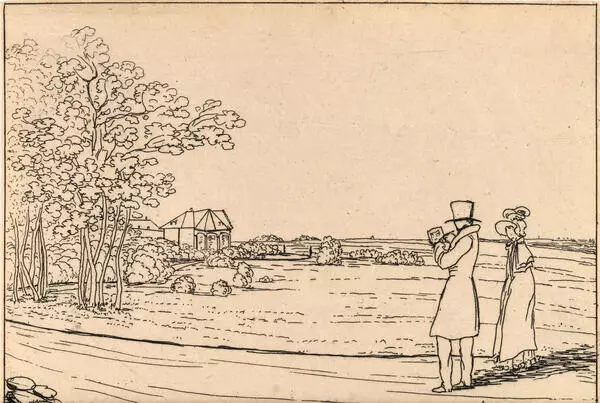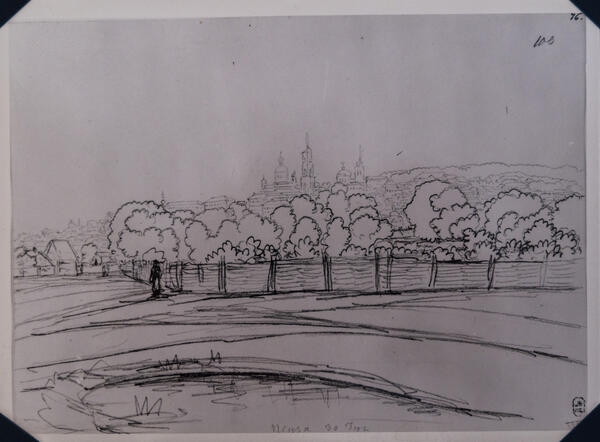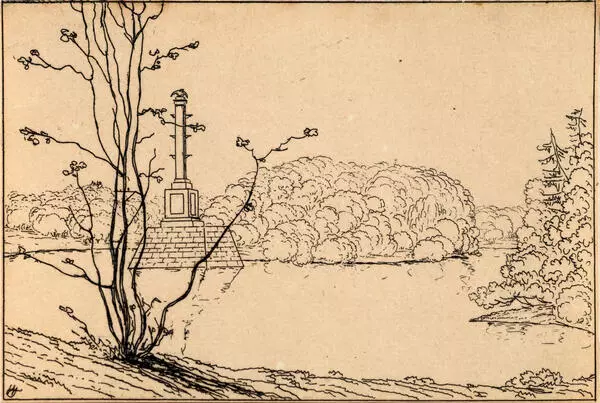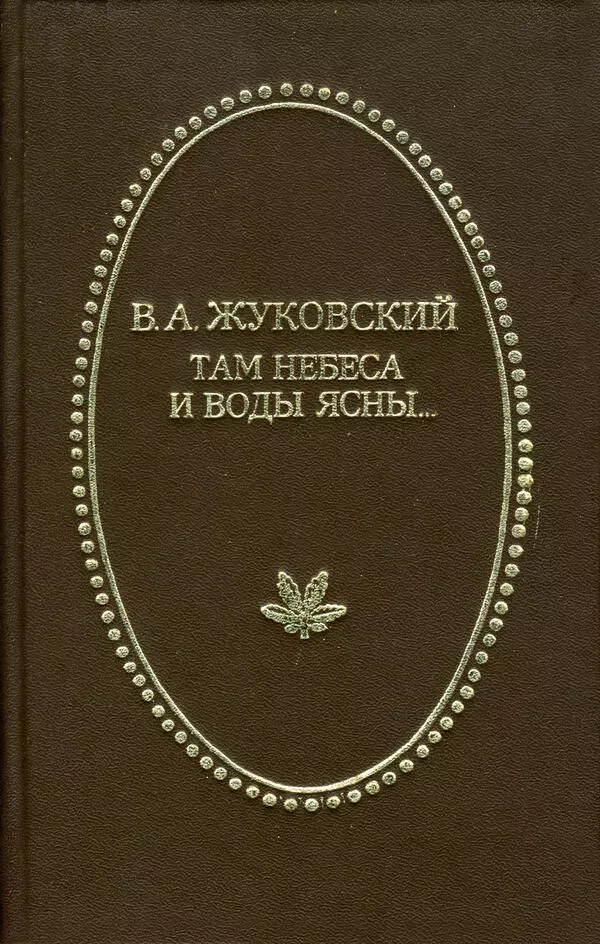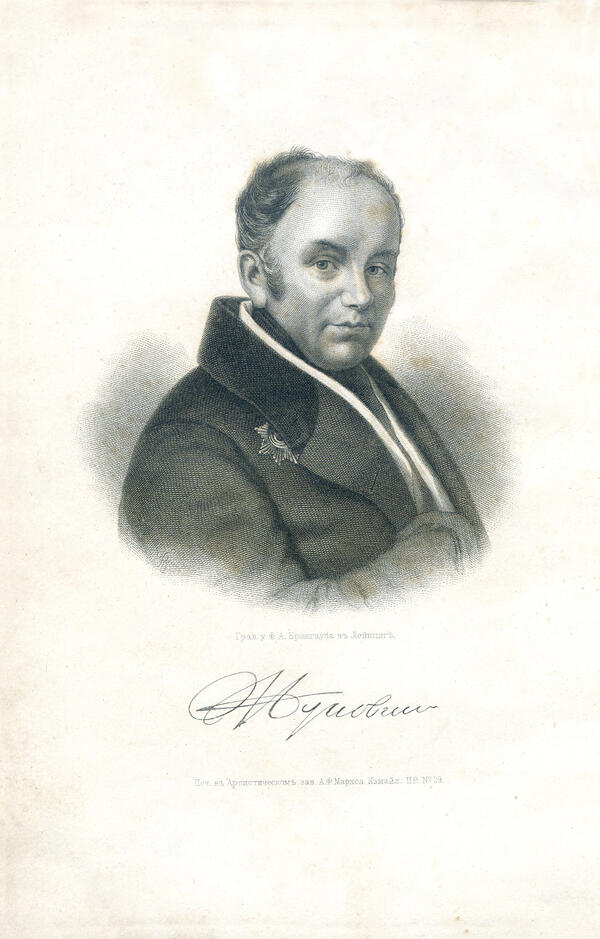Zhukovsky recorded his impressions of reading this “book” by compiling a kind of “diary in pictures”. Pyotr Alexandrovich Pletnyov wrote that he “managed to take a look at a precious collection of essays describing various places and objects brought by Vasily Andreyevich Zhukovsky after his trip. He loves this work almost as much as poetry. Experts have always been surprised by the accuracy of his views, the ability to choose the points from which he presents objects.”
A series of Crimean watercolors was made by Zhukovsky, most likely, after returning from the trip. On the back of each watercolor, he made an inscription with the names of the places he visited: Simferopol, Miskhor, Balaklava, Artek (2 sheets), Kutuzov’s Spring, Merdven, Sably and the St. George Monastery. All of them, except the latter, are kept in the Pushkin House, and before that they were kept in the collection of Alexander Fyodorovich Otto-Onegin.
Seventeen years earlier, on September 5, 1820,
Alexander Pushkin and General Nikolay Raevsky with his son Nikolay went on
horseback to the now famous places of the Southern coast of Crimea: Yalta (then
a small village), Oreanda, Koreiz, Miskhor, and Alupka. They reached Simeiz
along the coast, circled Mount Koshka, climbed up Shaitan-Merdven (the Devil’s
Stairs) to the Baydar Valley. They spent the night in the St. George Monastery.



